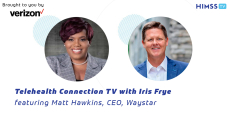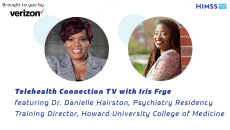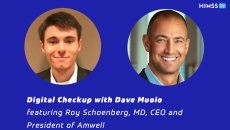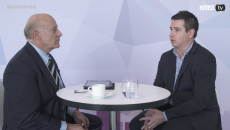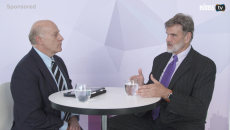virtual care
Telehealth Connection TV: Matt Hawkins and Parity Health founder Iris Frye discuss why convenience helps drive engagement – and virtual care is no exception.
Dr. Joe Kvedar, senior advisor of virtual care at Mass General Brigham, discusses the future of telehealth as the population ages.
Telehealth Connection TV: Dr. Danielle Hairston, psychiatry residency training director at Howard University College of Medicine, says virtual care isn't perfect, but its accessibility is an advantage.
Doctors are racing to adapt to new technologies to be able to care for patients remotely, says Shawn Morris, CEO of Privia Health.
Lark Health founder and CEO Julia Hu discusses why, with a growing shortage of doctors, virtual care may be the way of the future for treating diabetes.
Dr. Carl Nohr of the Canadian Medical Association discusses the arrival of the age of smartphone-enabled virtual care and remote monitoring and previews his upcoming HIMSS webinar exploring "person-enabled" healthcare during the coronavirus crisis and beyond.
Podimetrics CEO Dr. Jonathan Bloom discusses how digital health is being used to monitor high-risk patients with diabetes and avoid adverse outcomes.
Dr. Roy Schoenberg, CEO of Amwell, describes how COVID-19 is impacting his telehealth company and is rewriting the expectations for virtual care.
AI-powered early warning indicator score software developed with Philips provides insights for better patient care, says Steven Mullins, district transformation manager at NSW Health.
John McDaniel, EVP at The HCI Group, sees healthcare changing from a physical to a virtual care environment that focuses primarily on patient satisfaction and engagement with a digital front door approach.
